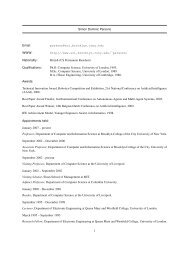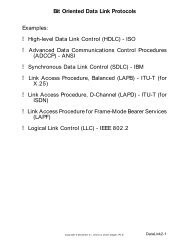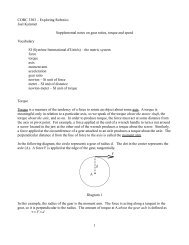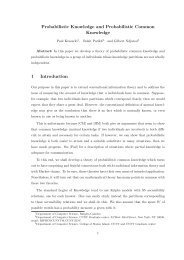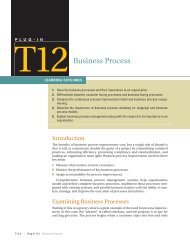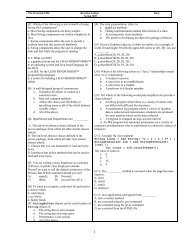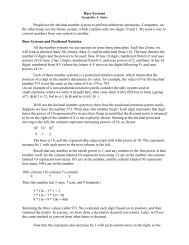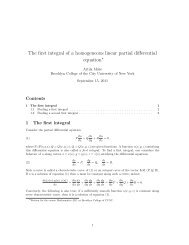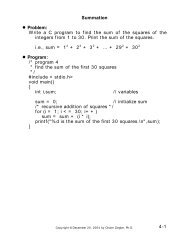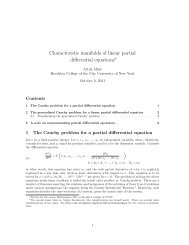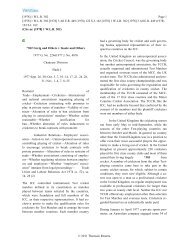Chapter 5: Architecture - Computer and Information Science - CUNY
Chapter 5: Architecture - Computer and Information Science - CUNY
Chapter 5: Architecture - Computer and Information Science - CUNY
You also want an ePaper? Increase the reach of your titles
YUMPU automatically turns print PDFs into web optimized ePapers that Google loves.
5.3. REVERSIBLE GATES 19<br />
Figure 5.5: Irreversibility of erasing.<br />
Bob does not know what was on the board before Alice erased it (it was not<br />
copied to his brain.) So Alice’s erasing was not reversible. 2<br />
We have found that erasing information is an irreversible, energy-dissipating<br />
operation. In the 1970’s, Charles H. Bennett continued along these lines of<br />
thought. If erasing information is the only operation that uses energy, then<br />
a computer that does not erase or lose information would be reversible <strong>and</strong><br />
would not use any energy. Bennett started working on reversible circuits <strong>and</strong><br />
programs.<br />
What examples of reversible gates are there? We have already seen that the<br />
identity gate <strong>and</strong> NOT gates are reversible. What else is there? Consider the<br />
following controlled-not gate .<br />
|x〉<br />
•<br />
|x〉<br />
(5.56)<br />
|y〉<br />
<br />
|x ⊕ y〉<br />
This gate has two inputs <strong>and</strong> two outputs. The top input is the control bit.<br />
It controls what the output will be. If |x〉 = |0〉, then the bottom output of |y〉<br />
2 We shall revisit some of these mind-bending ideas in chapter 10.



